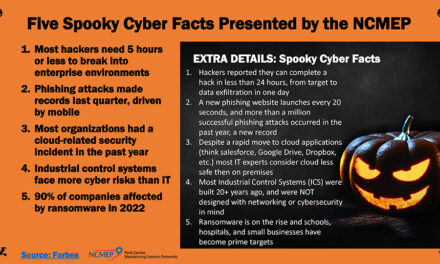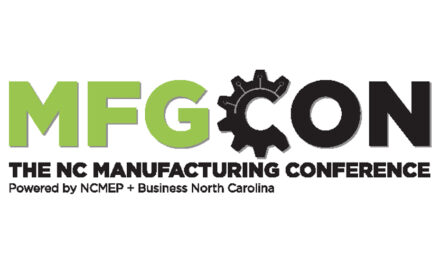Helping manufacturers bridge gaps
When a foreign company wants to manufacture goods in the United States, it needs new domestic suppliers for just about everything. When such an initiative involves new technology, it creates even more opportunities for a regional ecosystem and associated supply chains.
Topsoe is a Danish energy company that is slated to build a $400 million electrolyzer facility in Chesterfield, Virginia. Its technology uses renewable electricity from sources like solar and wind power to split water molecules into hydrogen and oxygen. This creates green hydrogen, a clean and carbon-neutral fuel. It’s designed for industrial-scale production, making it capable of meeting the growing demand for clean hydrogen and its applications.
This investment in American manufacturing coincided with the June 2023 launch of the National Institute of Standards and Technology (NIST) Manufacturing Extension Partnership (MEP) National Network’s Supply Chain Optimization and Intelligence Network (SCOIN), a two-year pilot program to kick-start supply chain efforts across the country. Authorized by the CHIPS and Science Act of 2022, NIST MEP awarded a total of $20 million for the SCOIN to MEP centers in each state and Puerto Rico. Through this groundbreaking initiative, MEP centers are expanding the network’s scope from working primarily with individual companies to include a more comprehensive approach to manufacturing supply chains.
Many supplier scouting requests are for specific components or are limited in scope. But the Topsoe initiative is so large that it has turned out to be an ideal scenario for implementing SCOIN at scale. It closely aligns with the major SCOIN goals to:
- Map the capabilities and interconnections within manufacturing supply chains.
- Scale up and enhance the effect of supplier scouting services that help organizations source domestic products and expand their capabilities.
- Enhance resilience and reduce supply chain vulnerabilities for manufacturers.
- Strengthen and revitalize regional manufacturing ecosystems.
- Connect original equipment manufacturers (OEMs) with small and medium-size manufacturers (SMMs).














